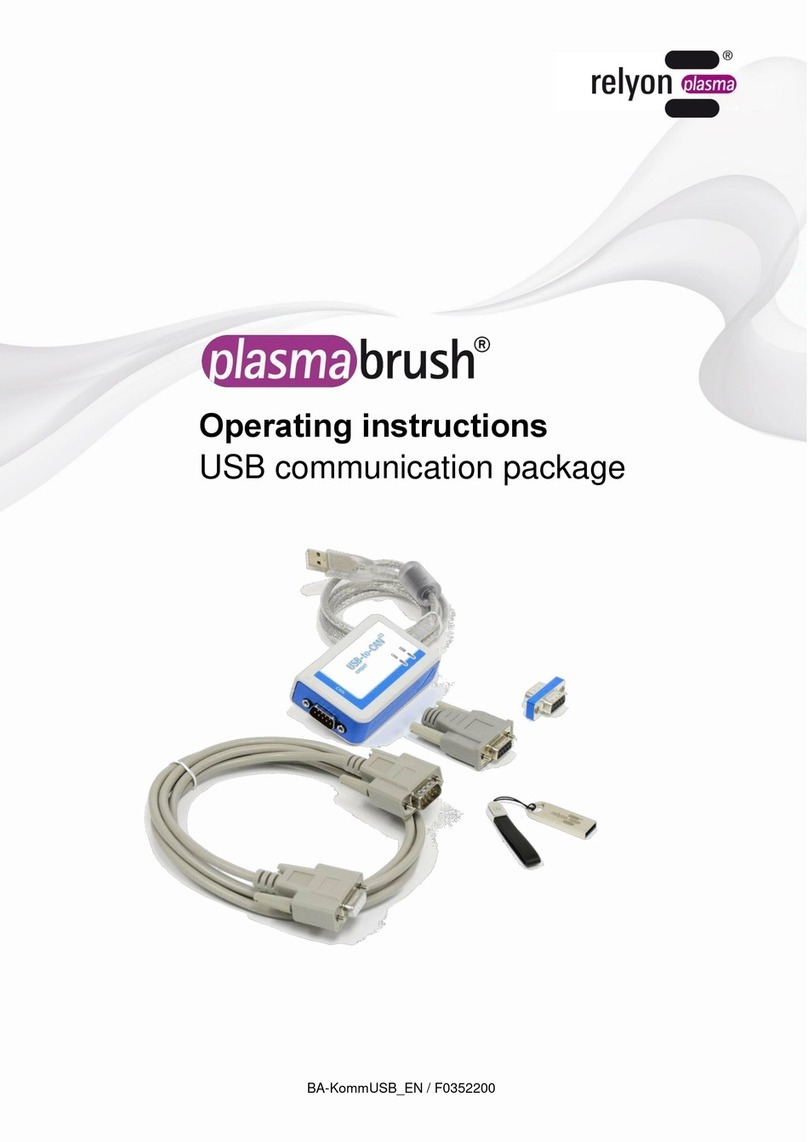
1Safety
The system was designed in accordance with the relevant international standards.
However, as with any technical product, hazards may arise if the system is not used
properly or is used for purposes other than its intended use.
Working with the system can be dangerous and may result in serious or fatal injury. It is
therefore essential to protect yourself and others.
In addition to the safety instructions in this document, you must also comply with general
safety standards.
When working with the system, please note and observe the safety instructions and
requirements in these operating instructions because non-compliance may result in
serious or fatal injury.
1.1 Residual risks
This system has been manufactured in accordance with the current state of the art.
However, it is impossible to eliminate residual risks.
Always adhere to the following safety instructions:
Caution –Electrical voltage!
•Danger: 230 V. If damage is visible on the electrical connection, mains cable or
system:
- Do not start up the system.
- Have the damaged parts repaired by a qualified person or replace them.
Lay the connection cables in suitable cable trays. Lay cables such that they do not
present a tripping hazard.
1.2 Information and obligations for the operator
•The system may emit interference.
- The system has been tested in accordance with EMC legislation.
- The operator must verify and assure electromagnetic compatibility with other
electrical and electronic equipment in the immediate vicinity of the system.
•Ensure that:
- Operating personnel have read and understood these operating instructions.
- Anyone working near the machine is made aware of the dangers and is provided
with the necessary protective equipment.
- Repairs are only carried out by qualified persons.
•In particular, make operating personnel aware of the safety instructions in this
document.
•Always keep the system in fully functional condition.
•Any modifications made to the machine will invalidate the operating licence and the
warranty. Exception: Such modifications are expressly authorised by the manufacturer.





























